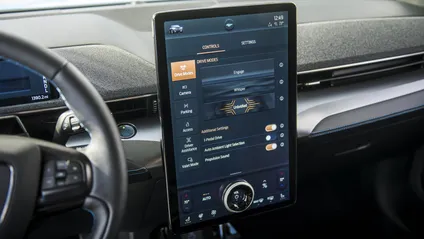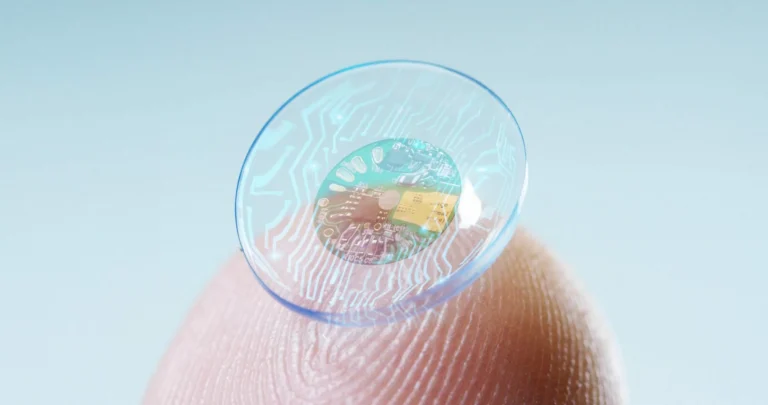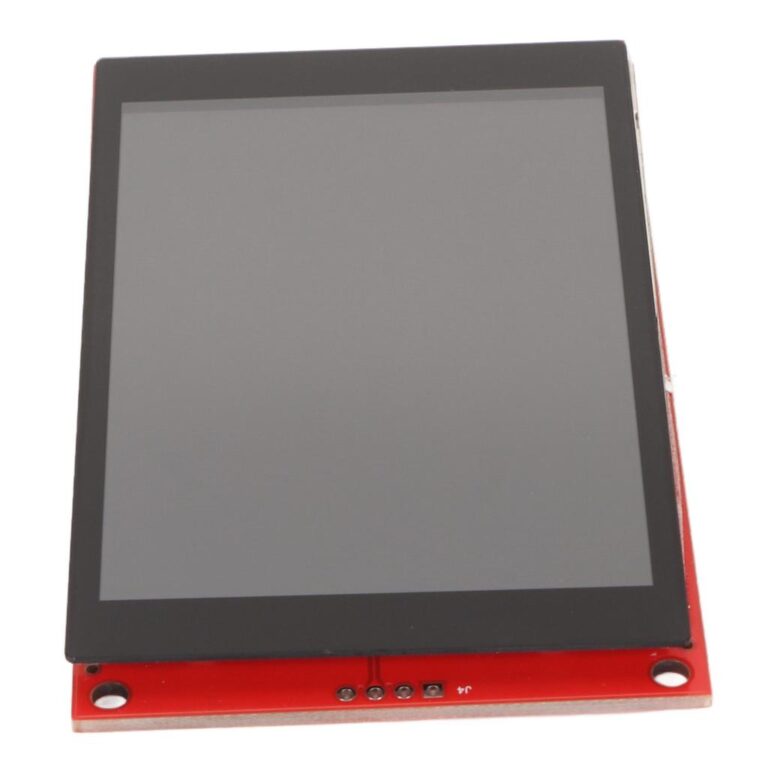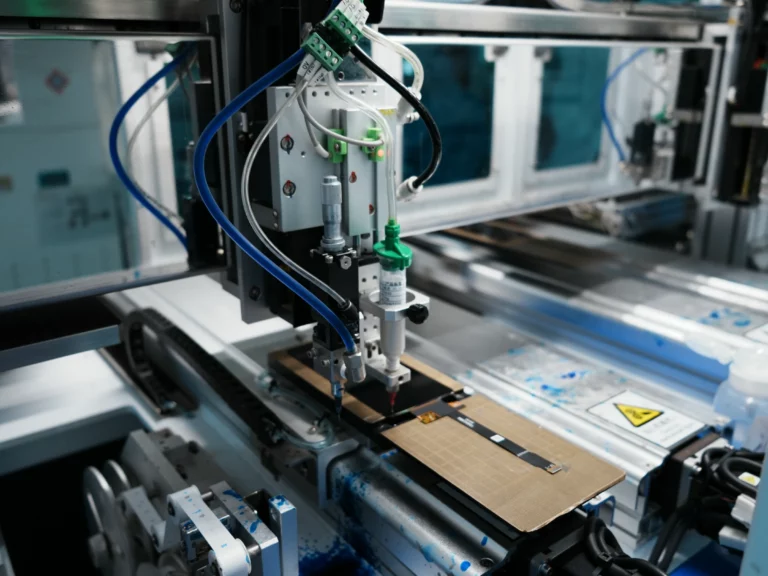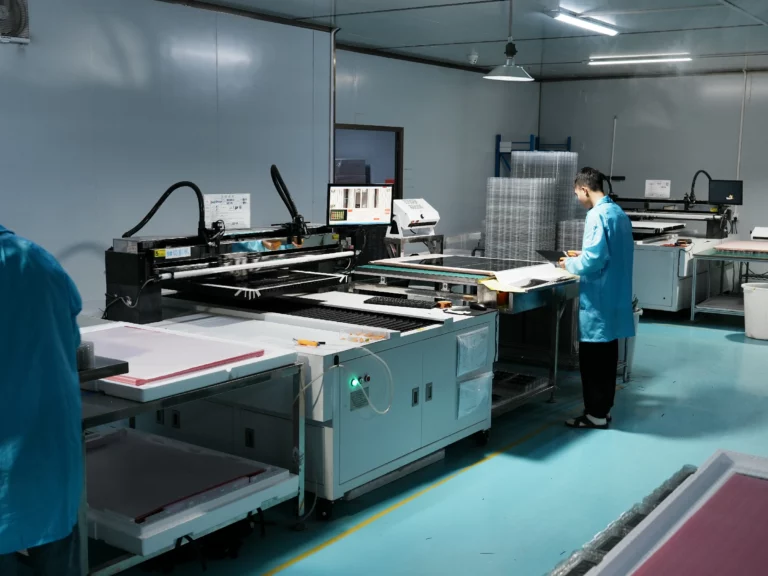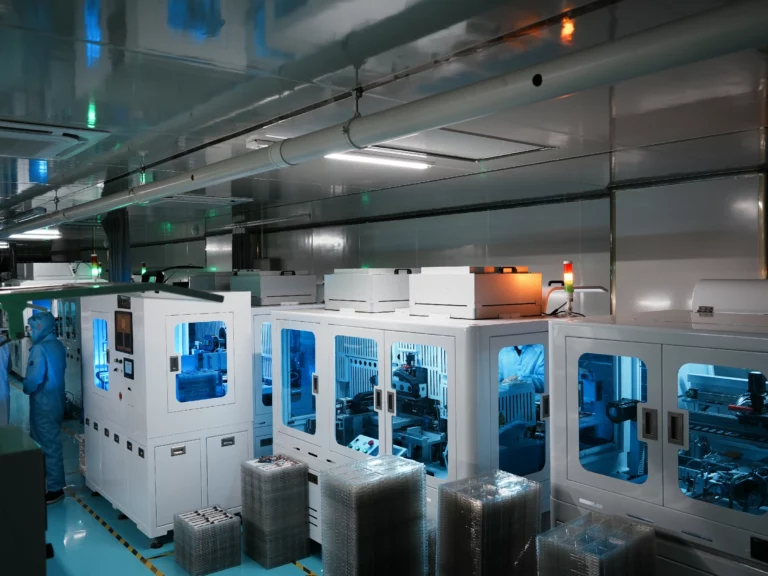What Makes a Display “Automotive-Grade”?
Unlike consumer electronics panels, an automotive-grade display is engineered to withstand extreme and unpredictable conditions:
- Temperature tolerance from -40°C to +85°C for global climates.
- High vibration and shock resistance for rugged road environments.
- 10+ years of guaranteed lifecycle support to match vehicle longevity.
- Functional safety compliance ensuring no compromise to driving safety.
This rigorous engineering ensures that automakers can deliver not just technology, but reliability and trust on the road.
Key Selling Points of Automotive-Grade Displays
Superior Visibility in All Conditions
Com brightness up to 1000 cd/m² e anti-glare treatments, drivers enjoy crystal-clear readability—even under direct sunlight.
Designed for Safety and Comfort
Wide viewing angles, glove-friendly touch, and low-latency response ensure that displays never distract, but always assist.
Long-Term Availability
Unlike consumer screens that phase out quickly, automotive-grade displays guarantee long-term availability and component stability, critical for OEM production.
Enhanced Aesthetics and Customization
Curved, freeform, or round displays seamlessly integrate into futuristic car interiors, enabling premium brand differentiation.
Applications Across the Vehicle Ecosystem
Clusters de Instrumentos Digitais
Replacing mechanical gauges, these displays deliver dynamic, customizable information at a glance.
Central Infotainment Systems
From navigation to entertainment, central displays provide drivers with personalized digital experiences.
Passenger Entertainment
Rear-seat and co-driver displays transform travel into a connected lifestyle with video, apps, and games.
Head-Up Displays (HUDs)
By projecting navigation and alerts directly onto the windshield, HUDs elevate both safety and convenience.
Why OEMs and Tier-1s Choose Automotive-Grade Displays
Car buyers demand technology-rich experiences, and automakers face the challenge of blending reliability with innovation. Automotive-grade displays deliver:
- Safety compliance with ISO 26262 standards.
- Reduced warranty risks thanks to proven durability.
- Stronger brand positioning through futuristic display integration.
- Global scalability with MIPI, LVDS, and CAN-compatible interfaces.
In short, choosing automotive-grade displays is not just about hardware—it’s about building trust and brand equity.
The Future of Automotive Displays
The road ahead is clear: displays will become larger, smarter, and more immersive. Trends shaping the next decade include:
- OLED adoption for vibrant contrast and flexibility.
- Mini-LED and micro-LED backlighting for ultra-high brightness and energy efficiency.
- Integração perfeita do cockpit, unindo painéis de instrumentos, sistemas de infotenimento e HUDs em um único display amplo.
- Interfaces de realidade aumentada que orientam os condutores com dados em tempo real sobrepostos ao mundo real.
Para os fabricantes de automóveis, alinhar-se com essas inovações em displays significa manter a dianteira na corrida rumo a veículos autónomos e conectados.
Conclusão: A Vantagem Competitiva dos Displays Automotivos
Um automotive-grade display vai além de um simples ecrã — é um facilitador estratégico para os fabricantes de automóveis. Ao combinar robustez, conformidade com normas de segurança e visualização de ponta, esses displays preenchem a lacuna entre tecnologia e confiança.
À medida que os veículos se tornam cada vez mais digitais, o display permanecerá como a janela do condutor para o futuro da mobilidade. Os fabricantes que investirem em tecnologia verdadeiramente automotiva hoje garantirão seu lugar como líderes no ecossistema de transporte inteligente de amanhã.


